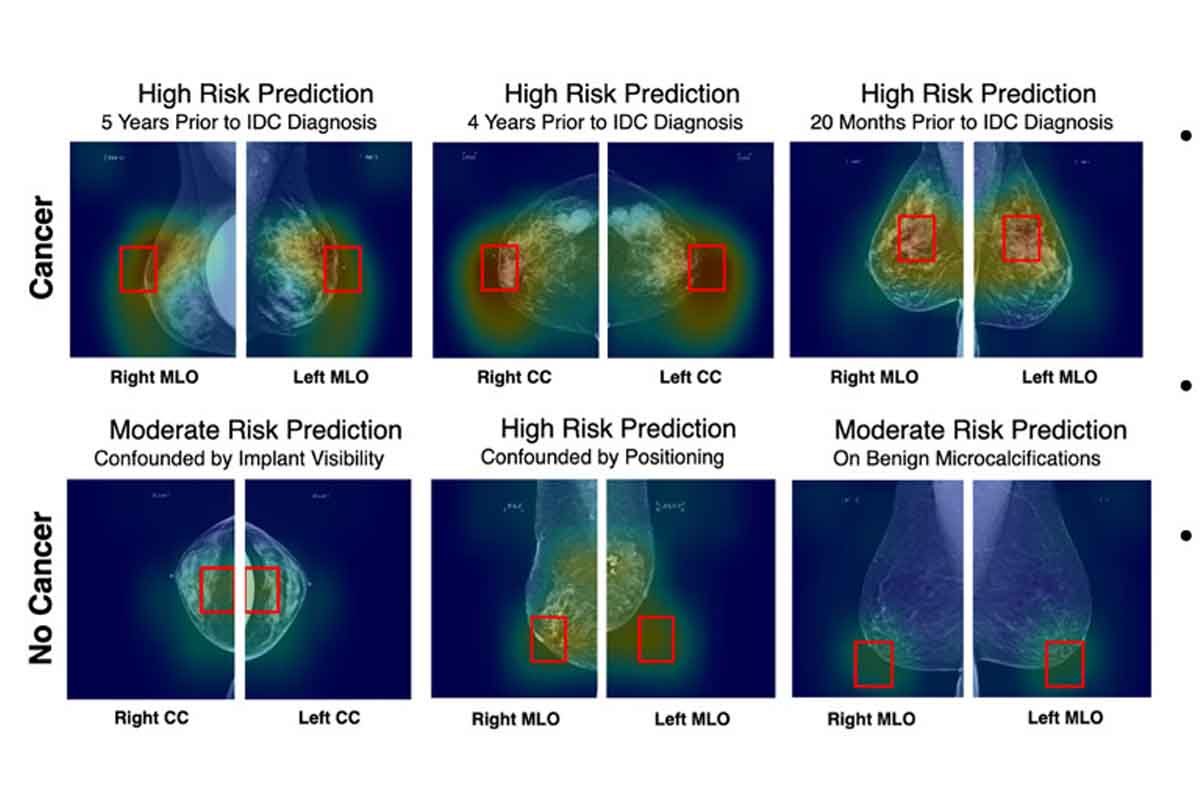A team of researchers has developed AsymMirai, an AI model that uses mammograms to predict breast cancer risk over the next 5 years

©Radiology
A study published recently in Radiology could represent a turning point in the prevention of cancer: a team of researchers has created an artificial intelligence model able to predict years in advance the risk of developing tumors in the breast. How? All it takes is a mammogram. And no, this is not science fiction; it’s a new way to defend against one of the most feared diseases among women.
The American Cancer Society estimates that one in eight women in the United States will develop invasive breast cancer, and one in thirty-nine will die from this disease. Mammograms now are the most common tool used for early diagnosis-a powerful tool that can make a real difference. But accurately predicting who will get the disease remains a daunting task. Mammograms are taken, data is recorded, numbers are crunched, and often, no concrete answer emerges.
A new algorithm is developed
Mirai was an algorithm that, some time ago, seemed to hold the key to solve all our problems: a deep learning software capable of predicting the risk of breast cancer with almost clairvoyant precision. And yet, there was a problem: it was extremely complex. In other words, Mirai was a brilliant but so opaque system that nobody really knew how it reached its conclusions.
And that is where Jon Donnelly enters, the protagonist of this story. Along with his colleagues at Duke University, he developed AsymMirai-an AI model seemingly designed to clear the opacity of Mirai. The idea? Incredibly simple, at least on paper: compare the difference in disparity between left and right breasts. It’s something that, actually, Mirai had in mind, but AsymMirai will give a completely different dimension since it will be able not only to detect cancer but to predict it—a small revolution.
To validate this newfound understanding, over 210,000 mammograms from nearly 82,000 patients were put to review. What did the results show? AsymMirai kept pace with Mirai; the added benefit here was that this new model is not only accurate but also interpretable-meaning we know why it comes up with its conclusions.
It all boils down to the differences on both sides of the breast-these could hold the key to predicting risk. And that’s not all: SymMirai will in the future be able to personalize screening frequency and bring us closer to true personalization of prevention.
Source: Radiology
